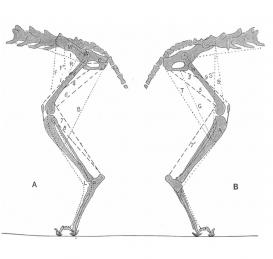“Reflex” is an early physiological term that was initially used to separate involuntary, mechanical movements from those driven by will. During the first half of the twentieth century, the reflex was considered the “unit mechanism” of motor control, melting together sensory input, neuronal transmission, and motor output into one functional structure. In the 1960s, however, this atomicity was challenged by claims that the nervous system can function independently of sensory perception.
To break the reflex arc, 1960s scientists must have approached the nervous system differently than their predecessors: They started questioning its dependency on its bodily and outer environment. This shift correlates with broad changes in the sciences and their organization. First, the study of the nervous system, traditionally a subfield in biology, emerged as an independent discipline, neuroscience, thus separating brain science from the research of the rest of the body. Second, behaviorism—essentially based on the reflex theory—had been confronted with the cognitive sciences, prompting psychology to investigate internal processes. Third, computer sciences offered a new interpretation of machines, separating software from hardware.
Taking the scientist–specimen relation as the substance of these changes, my project aims to elucidate scientists„choices“ when moving from experiments’ designs to their execution and interpretation. To this end, it tracks modifications in experimental organizations, models, and translation of data into words and figures and replicates actual experiments. Thus, the triangle of specimen-scientist-discipline is investigated through an essential neurophysiological concept in a period critical for today’s brain science.

